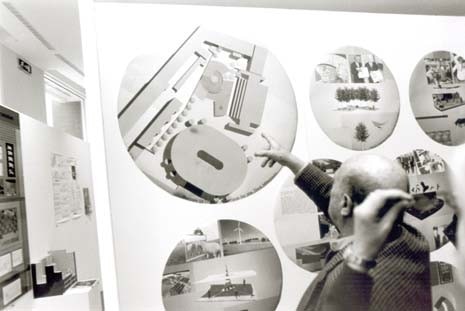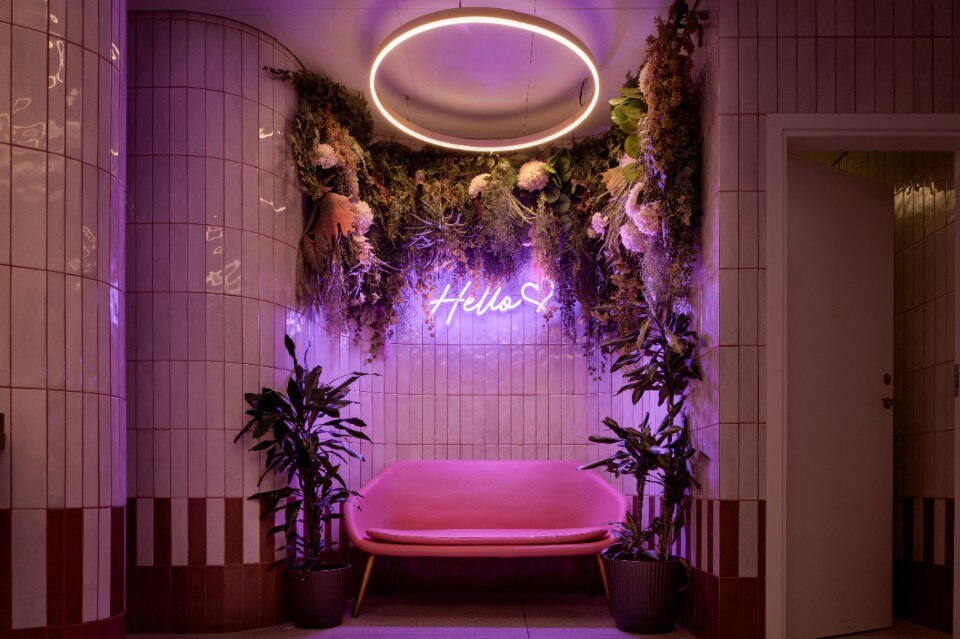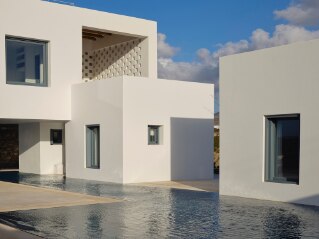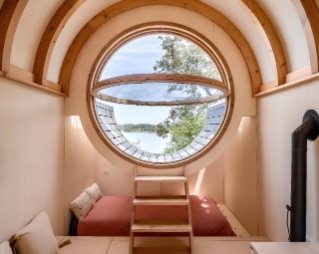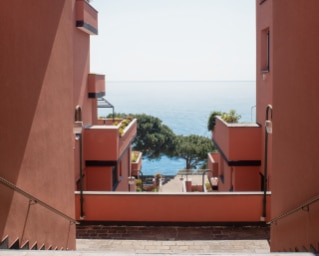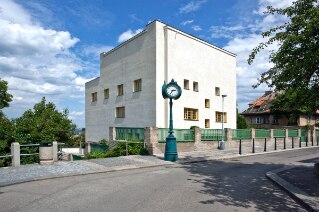A new role
Three moments in Milan’s development illustrate the changing role over the years of the area addressed by the competition. The map of Milan published by the Istituto Geografico De Agostini for the 1906 International Exhibition celebrated the city’s leading role in production. Umberto Boccioni’s 1908 painting Officine a Porta Romana illustrates the nature of this first image: workshops and urban allotments, scaffolding on the workers’ houses under construction, diffuse light filtering through the steam. On the edge of the Porta Ludovica ramparts, a large trapezoidal block is home to the buildings of the Pavia tram station and crossed by a spring trough.
The second image is that of the new city plan that, in 1953, sanctioned post-war reconstruction, along with the recovery of building and enterprise in the city. Viale Bligny was a street of blue-collar homes where native Milanese co-existed with new immigrants; here Luchino Visconti filmed the gym scenes for Rocco e i suoi fratelli. In 1956, with the new Giovanni Muzio hostels, Bocconi University crossed Via Toniolo. The wings of these Y-shaped blocks appeared to the rear of an earlier construction, badly worn buildings used for light textile and metalworking activities for which the Commune was studying a detailed plan.
The third image, present and future, is an aerial overhead photograph into which Grafton Architects has inserted the project for the building complex due to be commenced this summer and completed in 2005. Arranged around the famous university are, in order, the two hostel buildings side by side, the church of S. Ferdinando and, to the south, the Faculty of Economics and Commerce, built in 1966 by Muzio and his son, Lorenzo. The elliptical new lecture hall building designed by Ignazio Gardella has been present since last year at the centre of the large street block. Today’s challenge is to characterize the surrounding open spaces that connect these architectural presences in an ever-growing and increasingly consolidated citadel of culture and education – spaces that host meetings of international standing and are used and crossed every day by students from around the world. LS
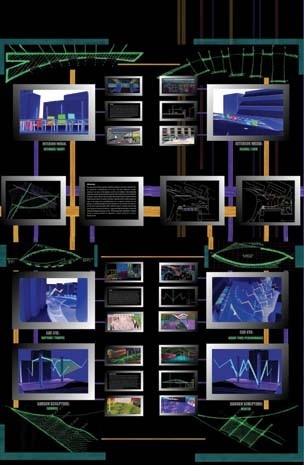
Areas have been provided for daytime study experiences as well as nighttime diversions
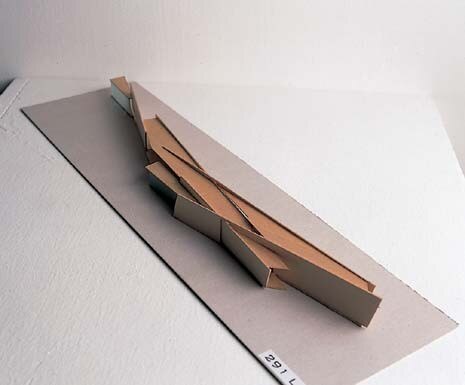
The Creative Pavilion is based on the idea of movement; the walls tend toward constant instability
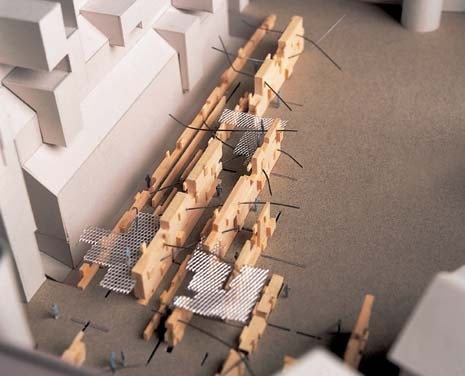
The individual searches for his place in society. Communicating with others becomes his largest obstacle. He must break down the barriers that prevent him from interacting socially and politically
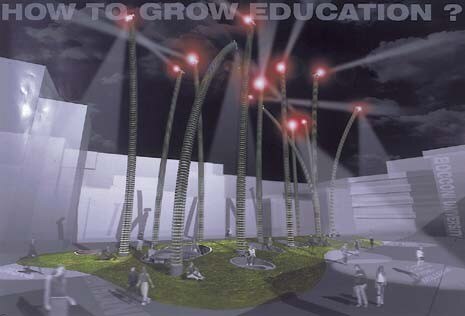
The university is seen as an organic whole that provides fertile soil for a growing education
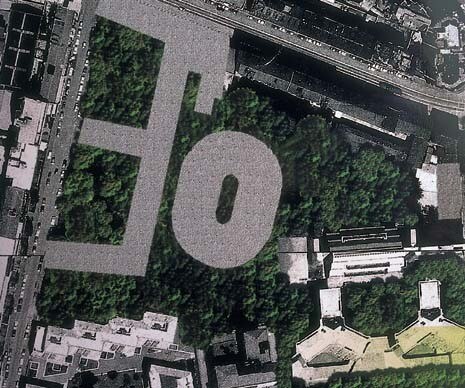
The proposal is to construct an objective, passionate terrain via the standardization of the interstitial spaces of the present campus by planting a wood of tall trees
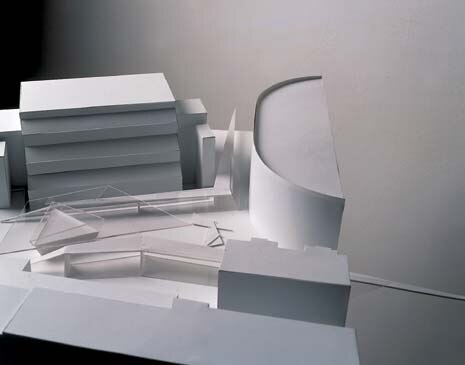
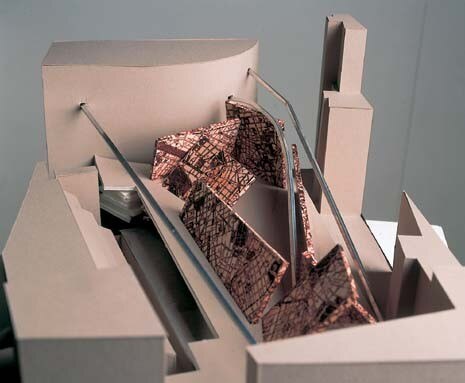
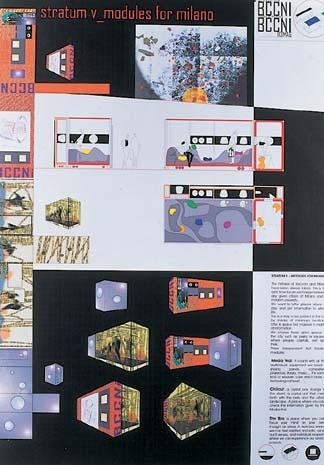

Marble matters– exploring Carrara’s legacy
Sixteen young international architects took part in two intensive training days in Carrara, organized by FUM Academy and YACademy, featuring visits to the marble quarries and a design workshop focused on the use of the material.


